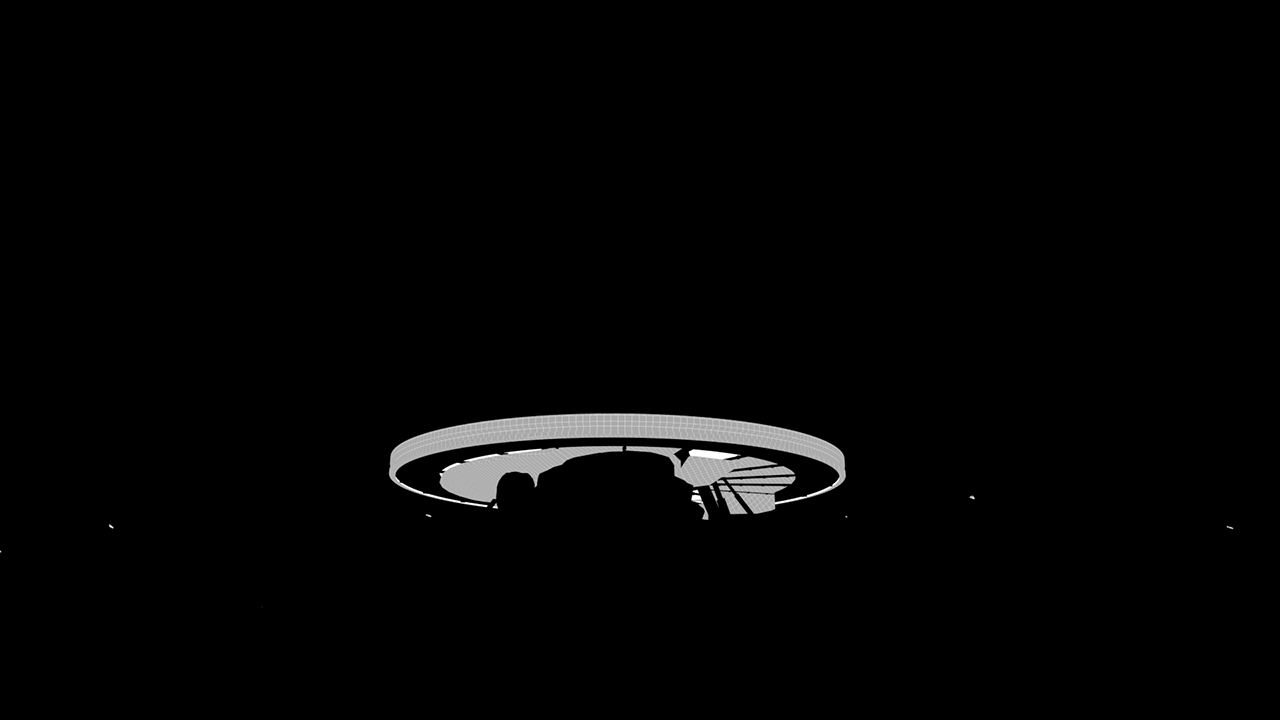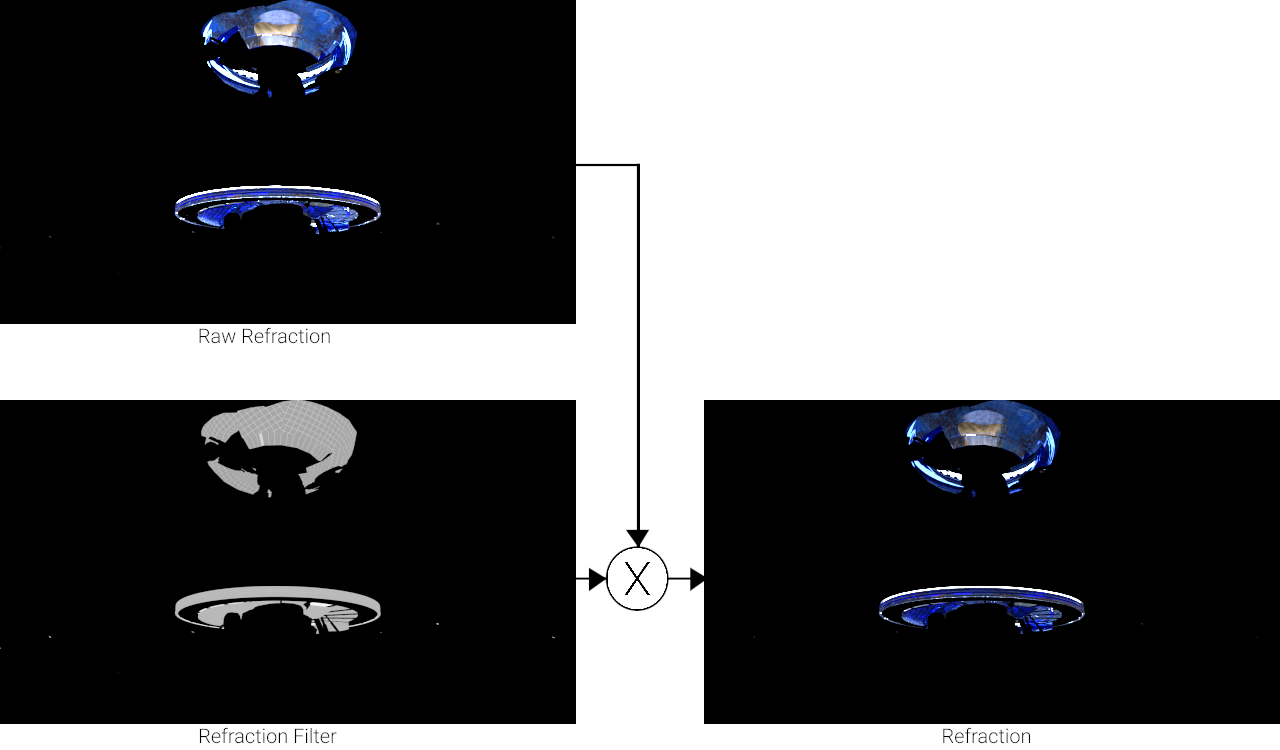Page History
This page gives some basic details about the Refraction Filter Render Element and how it is used in compositing.
Overview
| Section | |||||||||||||||||||||||||
|---|---|---|---|---|---|---|---|---|---|---|---|---|---|---|---|---|---|---|---|---|---|---|---|---|---|
|
Attributes
| Section | |||||||||||||||
|---|---|---|---|---|---|---|---|---|---|---|---|---|---|---|---|
|
Common Uses
The Refraction Filter Render Element is useful for changing the appearance of refractive elements after rendering, using a compositing or image editing application. Below are examples of possible uses.
| Section | ||||||||||||||||||||
|---|---|---|---|---|---|---|---|---|---|---|---|---|---|---|---|---|---|---|---|---|
|
| Section | ||||||||||||||||||||
|---|---|---|---|---|---|---|---|---|---|---|---|---|---|---|---|---|---|---|---|---|
|
| Section | ||||||||||||||||||||
|---|---|---|---|---|---|---|---|---|---|---|---|---|---|---|---|---|---|---|---|---|
|
Underlying Compositing Equation
The Refraction Filter Render Element is multiplied by the Raw Refraction to produce the same information seen in the Refraction pass, but having them separated out allows them to be manipulated individually before combining them together.
vrayRE_Raw_Refraction x vrayRE_Refraction_Filter = vrayRE_Refraction
Notes
| Fancy Bullets | ||
|---|---|---|
| ||
|










